Home>Articles>Single-Hung Vs. Double-Hung Windows: A Guide To Both Styles
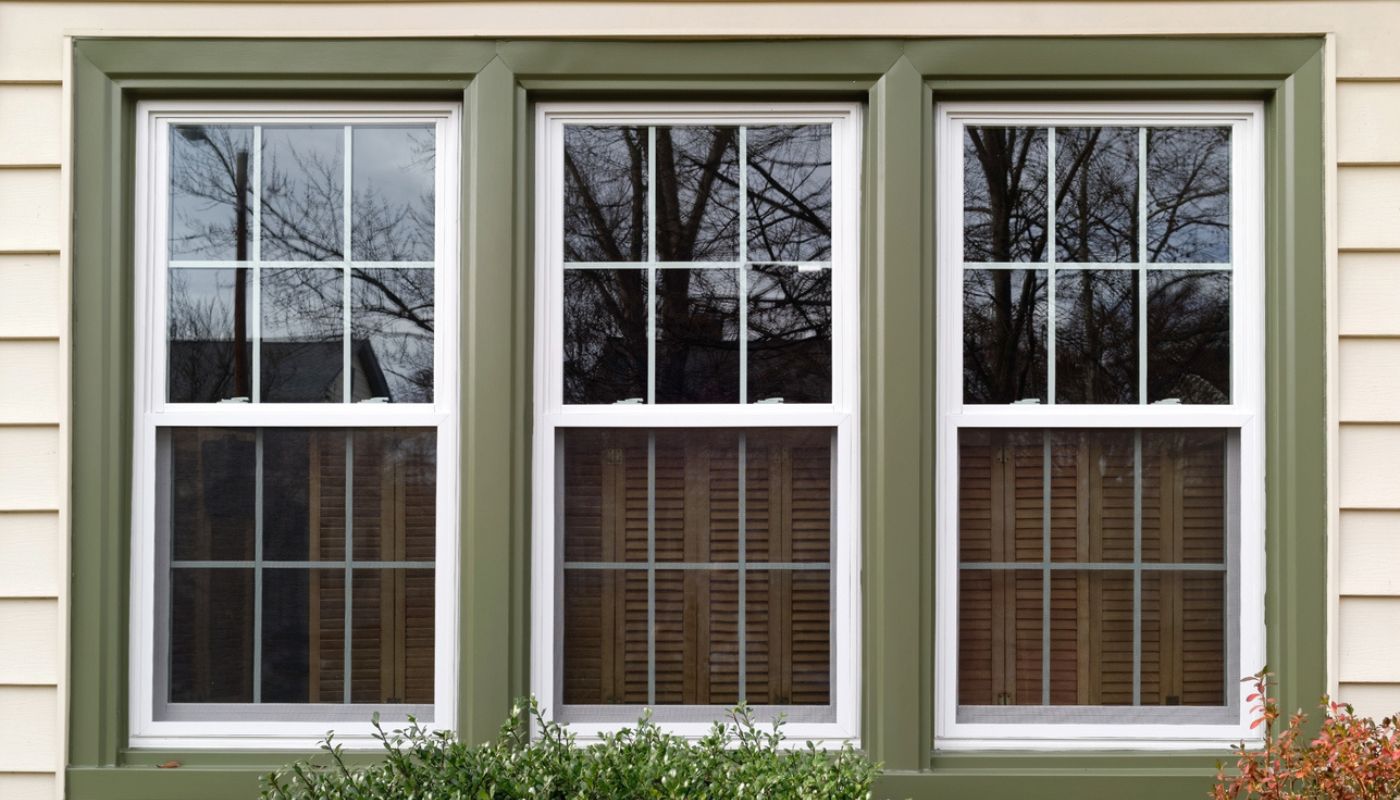

Articles
Single-Hung Vs. Double-Hung Windows: A Guide To Both Styles
Modified: January 19, 2024
Discover the key differences between single-hung and double-hung windows in this comprehensive guide. Learn which style is right for your home with our informative articles.
(Many of the links in this article redirect to a specific reviewed product. Your purchase of these products through affiliate links helps to generate commission for Storables.com, at no extra cost. Learn more)
Introduction
Welcome to our guide on single-hung and double-hung windows. If you’re considering upgrading your windows or are in the process of building a new home, understanding the differences between these two styles is crucial. Windows not only provide natural light and ventilation; they also play a significant role in the energy efficiency and aesthetic appeal of your property.
In this article, we will delve into the definition and characteristics of single-hung and double-hung windows, compare their energy efficiency, ventilation and airflow, ease of use and maintenance, price and affordability, as well as the various style and design options they offer. By the end, you’ll have a comprehensive understanding of both styles, enabling you to make an informed decision that suits your needs and preferences.
Key Takeaways:
- Double-hung windows offer enhanced ventilation, easier maintenance, and a classic aesthetic, making them ideal for those who prioritize airflow control, easy cleaning, and a traditional look.
- Single-hung windows provide simplicity, affordability, and reliable insulation, making them a popular choice for homeowners seeking a classic and straightforward window style with decent ventilation options.
Definition and Characteristics of Single-Hung Windows
Single-hung windows are one of the most common window styles found in residential properties. They consist of two sashes, one fixed and one movable. The fixed sash is typically located at the top of the window, while the movable sash can be opened or closed by sliding it vertically. The upper sash remains stationary, limiting airflow from the top of the window.
One of the key characteristics of single-hung windows is their simplicity. They have a classic and timeless design that complements various architectural styles. The single-hung design makes them more affordable compared to double-hung windows, making them a popular choice for budget-conscious homeowners.
Single-hung windows offer several advantages. Firstly, they are relatively easy to operate, requiring only one hand to slide the lower sash up or down. This is especially beneficial for individuals with limited mobility or those who prefer a straightforward window operation. Additionally, single-hung windows provide excellent security when properly locked, as the fixed upper sash acts as a deterrent to potential intruders.
However, single-hung windows have a few limitations. The inability to open the upper sash restricts the amount of airflow and ventilation, especially if you want to take advantage of the natural breeze from above. Cleaning the exterior surface of the upper sash might also be challenging, as it is not designed to tilt inward for easy access. These factors should be considered when deciding which window style is best suited for your needs.
Definition and Characteristics of Double-Hung Windows
Double-hung windows are another popular window style commonly found in residential buildings. Like single-hung windows, they consist of two sashes, but unlike their single-hung counterparts, both sashes are operable. This means that both the upper and lower sashes can be opened and closed by sliding them vertically.
One of the distinguishing features of double-hung windows is their versatility. They offer a wide range of ventilation options as both sashes can be adjusted to allow varying amounts of airflow. This flexibility is especially beneficial during mild weather conditions when you want to let in a gentle breeze without fully opening the window.
Double-hung windows also offer significant advantages in terms of maintenance. Unlike single-hung windows, the two sashes of double-hung windows can be tilted inward for easy exterior cleaning. This feature eliminates the need for ladders or hiring professionals to clean hard-to-reach surfaces. Additionally, many double-hung windows have removable sashes, making it easier to replace damaged or broken glass.
Another benefit of double-hung windows is their aesthetic appeal. Their symmetrical design adds a touch of elegance to any home, and they work well with both traditional and modern architectural styles. Double-hung windows often feature divided light options, where the glass is divided into smaller panes, giving a charming and timeless look to the windows.
However, it’s important to consider the potential downsides of double-hung windows. The more complex design and additional movable parts can make them slightly more expensive than single-hung windows. The window frame also needs to be carefully maintained to ensure proper insulation and prevent air leaks. Additionally, the ability to open both sashes may require more caution when it comes to childproofing and window safety.
In summary, double-hung windows offer enhanced ventilation options, easier maintenance, and a classic aesthetic. Consider these characteristics when deciding on the right window style for your specific needs and budget.
Comparison of Energy Efficiency
When it comes to energy efficiency, both single-hung and double-hung windows can contribute to reducing energy consumption and lowering utility bills. However, there are some differences to consider.
Single-hung windows typically have a simpler design with only one movable sash. This means that they have fewer potential areas for air leaks and drafts. The fixed upper sash also provides an additional layer of insulation. These factors can contribute to better energy efficiency and thermal performance.
On the other hand, double-hung windows, with their two operable sashes, may require additional sealing and weatherstripping to ensure proper insulation. However, they offer more flexibility in terms of ventilation options, allowing you to control the amount of air coming in through the top and bottom sashes. This can be advantageous during seasonal changes when you want to adjust airflow without fully opening the window.
Both single-hung and double-hung windows can be upgraded with energy-efficient features such as low-emissivity (low-E) glass coatings, insulated frames, and multiple-pane options. These enhancements can significantly improve the energy efficiency of the windows, reducing heat transfer and limiting the need for excessive heating or cooling.
Ultimately, the energy efficiency of your windows will depend on various factors, including the quality of the materials used, the installation method, and the overall condition of the windows. It’s advisable to choose energy-efficient windows that are ENERGY STAR certified or meet local building codes to ensure optimal thermal performance.
Remember, proper insulation, regular maintenance, and the use of window treatments such as blinds or curtains can also contribute to improving the energy efficiency of your windows, regardless of whether they are single-hung or double-hung.
Comparison of Ventilation and Airflow
When it comes to ventilation and airflow, both single-hung and double-hung windows have their advantages and considerations to keep in mind.
Single-hung windows, with their design that only allows the lower sash to open and close, may have limitations in terms of ventilation. While they still allow for fresh air to enter your space, the restricted airflow from only one opening may not be ideal for maximizing ventilation.
Double-hung windows, on the other hand, offer greater flexibility in terms of ventilation. With both the upper and lower sashes operable, you have the option to open both sashes at different heights, allowing for efficient airflow. This can be particularly useful during the warmer months when you want to bring in a steady stream of fresh air.
Additionally, double-hung windows often include a tilt-in feature, which allows you to easily clean both sides of the glass from inside your home. This makes it convenient to maintain good airflow by ensuring that dirt and debris are regularly removed, preventing any blockage that may hinder proper ventilation.
When deciding between single-hung and double-hung windows for ventilation purposes, consider your specific needs and the climate in which you live. If maximizing airflow is a top priority, double-hung windows may be the better choice. However, if other factors such as simplicity and affordability take precedence, single-hung windows can still provide adequate ventilation for your home.
Lastly, it’s worth mentioning that window screens are an important component of both window styles. Window screens allow you to keep your windows open while keeping insects and debris out. Ensure that your chosen window style allows for easy installation and removal of screens for cleaning and maintenance purposes.
When choosing between single-hung and double-hung windows, consider the ventilation needs of the room. Double-hung windows offer more flexibility for airflow and cleaning.
Read more: Ultimate Guide To Storm Windows
Comparison of Ease of Use and Maintenance
When it comes to ease of use and maintenance, there are some notable differences between single-hung and double-hung windows.
Single-hung windows are known for their simplicity and straightforward operation. They typically require only one hand to slide the lower sash up or down. This ease of use makes them a popular choice for individuals who prefer a hassle-free window operation. Additionally, since single-hung windows have fewer moving parts, there is generally less chance of mechanical issues or component failure over time.
Maintenance for single-hung windows is relatively straightforward. The fixed upper sash does not require any special attention, and cleaning the exterior surface of the lower sash is usually easily accessible. However, keep in mind that the fixed upper sash may accumulate dirt or debris over time, which may require occasional cleaning to maintain the overall appearance and functionality of the window.
Double-hung windows, while offering more versatility in terms of ventilation, have a slightly more complex operation. Both the upper and lower sashes can be opened and closed, which may require some coordination and practice to operate smoothly. Some double-hung windows may include counterbalance mechanisms or spring systems to assist with the ease of operation.
However, double-hung windows often come with a valuable maintenance advantage: the ability to tilt the sashes inward for easy cleaning. This feature allows you to access the exterior surface of both sashes without the need for ladders or professional assistance. This can save you time and money in regular maintenance and upkeep.
When deciding between single-hung and double-hung windows, consider your personal preferences and lifestyle. If simplicity and minimal maintenance are important to you, single-hung windows may be the better choice. However, if the convenience of easy cleaning and the added ventilation options of double-hung windows outweigh the slightly more complex operation, then double-hung windows may be the preferred option for you.
Regardless of the window style you choose, regular cleaning, proper lubrication of moving parts, and routine inspection of sealants and weatherstripping will contribute to the longevity and overall performance of your windows.
Comparison of Price and Affordability
Price is often a significant factor to consider when choosing between single-hung and double-hung windows. The cost can vary depending on various factors, including the quality of materials, size, brand, and any additional features or upgrades.
Generally, single-hung windows tend to be more affordable compared to double-hung windows. The simplicity of their design and the use of fewer moving parts typically contribute to lower manufacturing and installation costs. This makes single-hung windows a popular choice for homeowners with tighter budgets or those looking for a cost-effective window solution.
Double-hung windows, on the other hand, tend to have a slightly higher price point. The added functionality and features, such as the ability to open and close both sashes, tilt-in cleaning, and intricate counterbalance systems, can increase the overall cost. Additionally, double-hung windows often offer more design options and customizations, which can also affect the price.
It’s important to consider the long-term value and benefits of the windows when evaluating the price. While single-hung windows may be more affordable upfront, double-hung windows can offer advantages such as improved ventilation, easy maintenance, and potentially higher energy efficiency. These factors may justify the higher initial investment in the long run.
If budget is a significant consideration, it’s recommended to obtain quotes from multiple window manufacturers and suppliers. This will help you compare prices, evaluate the quality of materials and installation services offered, and make an informed decision that fits your budget and requirements.
It’s worth noting that different regions and markets may have variations in pricing due to factors such as labor costs and availability of window materials. Therefore, it’s advisable to research and consult with local professionals to get accurate pricing information for your particular area.
Comparison of Style and Design Options
When it comes to style and design options, both single-hung and double-hung windows have a range of choices to suit various architectural styles and personal preferences.
Single-hung windows offer a classic and timeless aesthetic that works well with a variety of architectural designs. They have a simple and clean look, making them versatile for both traditional and contemporary homes. Single-hung windows are available in various materials, such as vinyl, wood, or aluminum, allowing homeowners to choose the option that best complements their style.
Double-hung windows, with their symmetrical design and divided light options, add a touch of elegance to any home. They have a more traditional and refined appearance and are often favored for colonial, Victorian, or craftsman-style houses. Double-hung windows offer more opportunities for customization, such as the choice of grid patterns, hardware finishes, and decorative glass options.
Both single-hung and double-hung windows can be found in a wide range of colors and finishes to match your existing architectural elements or personal preferences. Whether you prefer the warmth and natural beauty of wood, the durability and low maintenance of vinyl, or the sleekness of aluminum, there are options available for every style.
It’s important to consider the architectural style of your home and the overall design aesthetic when choosing between the two window styles. Single-hung windows may be a better fit for contemporary or minimalist designs, while double-hung windows are often chosen for more traditional or period-style homes.
Additionally, it’s advisable to consult with a professional or window supplier who can provide expert guidance on the various style and design options available. They can help you select windows that harmonize with your home’s architectural style and achieve the desired look and feel.
Remember, style and design are highly subjective, and what appeals to one person may not resonate with another. Take the time to explore different options, browse through catalogs or websites, and gather inspiration to find the style and design that aligns with your vision for your home.
Conclusion
Choosing between single-hung and double-hung windows ultimately depends on your specific needs, preferences, and budget. Both window styles have their own unique characteristics and advantages.
Single-hung windows offer simplicity, affordability, and ease of operation. They are a popular choice for homeowners looking for a classic and straightforward window style. Single-hung windows provide reliable insulation, security, and decent ventilation options.
Double-hung windows offer greater versatility in terms of ventilation, improved maintenance convenience, and an elegant aesthetic. They are a preferred option for those who prioritize airflow control, easy cleaning, and a more traditional look.
In terms of energy efficiency, both window styles can be upgraded with additional features to enhance thermal performance. However, single-hung windows may have a slight advantage due to their simpler design and fewer potential areas for air leakage.
When it comes to price and affordability, single-hung windows typically have a lower upfront cost compared to double-hung windows. However, it’s important to consider long-term benefits and potential savings in terms of energy efficiency and maintenance convenience.
Last but not least, style and design play a significant role in the decision-making process. Single-hung windows offer a timeless and versatile look, while double-hung windows add a touch of elegance and customization options.
In conclusion, carefully consider your specific needs, budget, architectural style, and personal preferences when choosing between single-hung and double-hung windows. Evaluate the advantages and limitations of each style in terms of energy efficiency, ventilation, maintenance, price, and design options. Consulting with window professionals can also provide valuable insights and guidance.
Ultimately, the right choice will be the one that best suits your individual requirements and enhances the overall comfort, functionality, and aesthetic appeal of your home.
Frequently Asked Questions about Single-Hung Vs. Double-Hung Windows: A Guide To Both Styles
Was this page helpful?
At Storables.com, we guarantee accurate and reliable information. Our content, validated by Expert Board Contributors, is crafted following stringent Editorial Policies. We're committed to providing you with well-researched, expert-backed insights for all your informational needs.
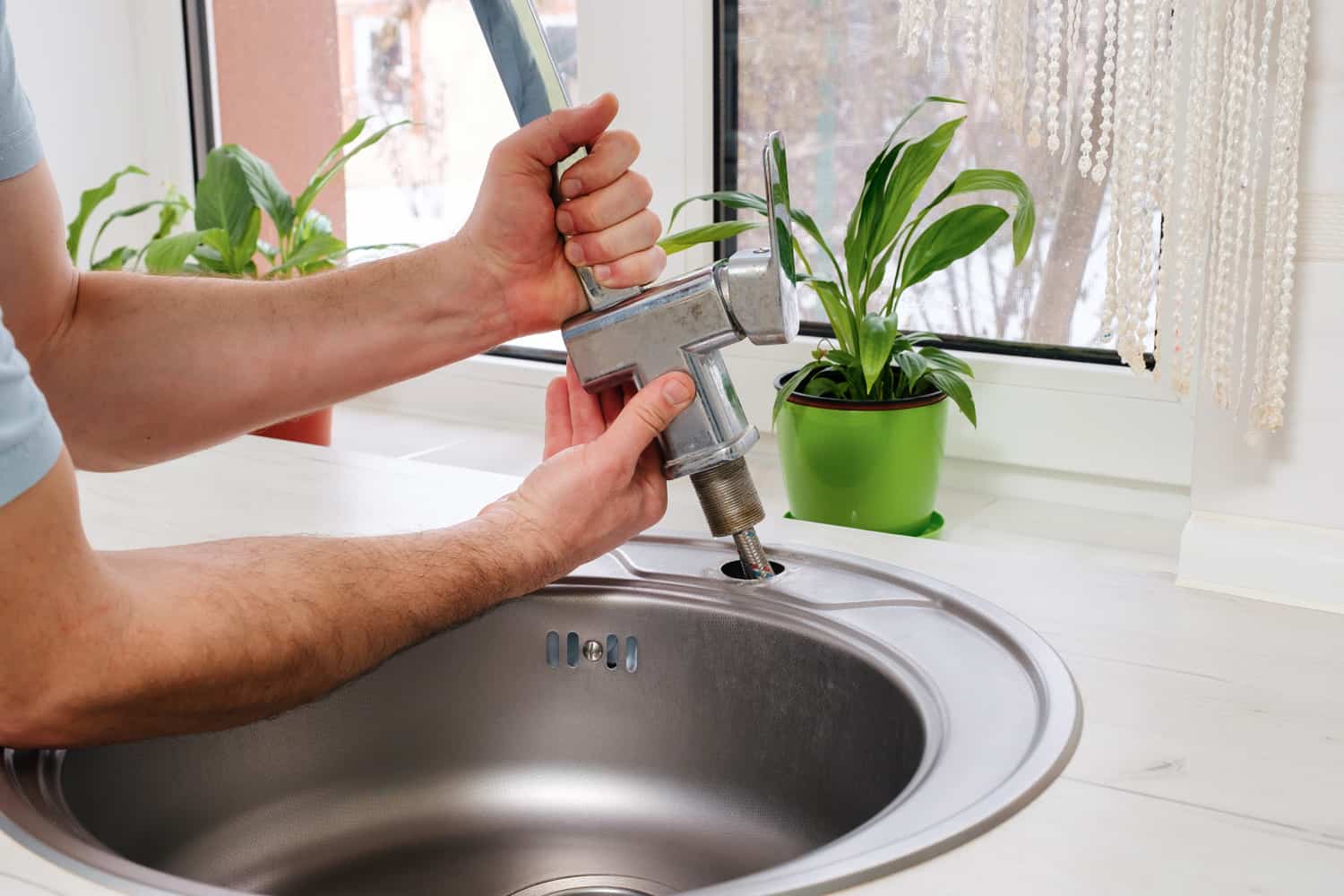
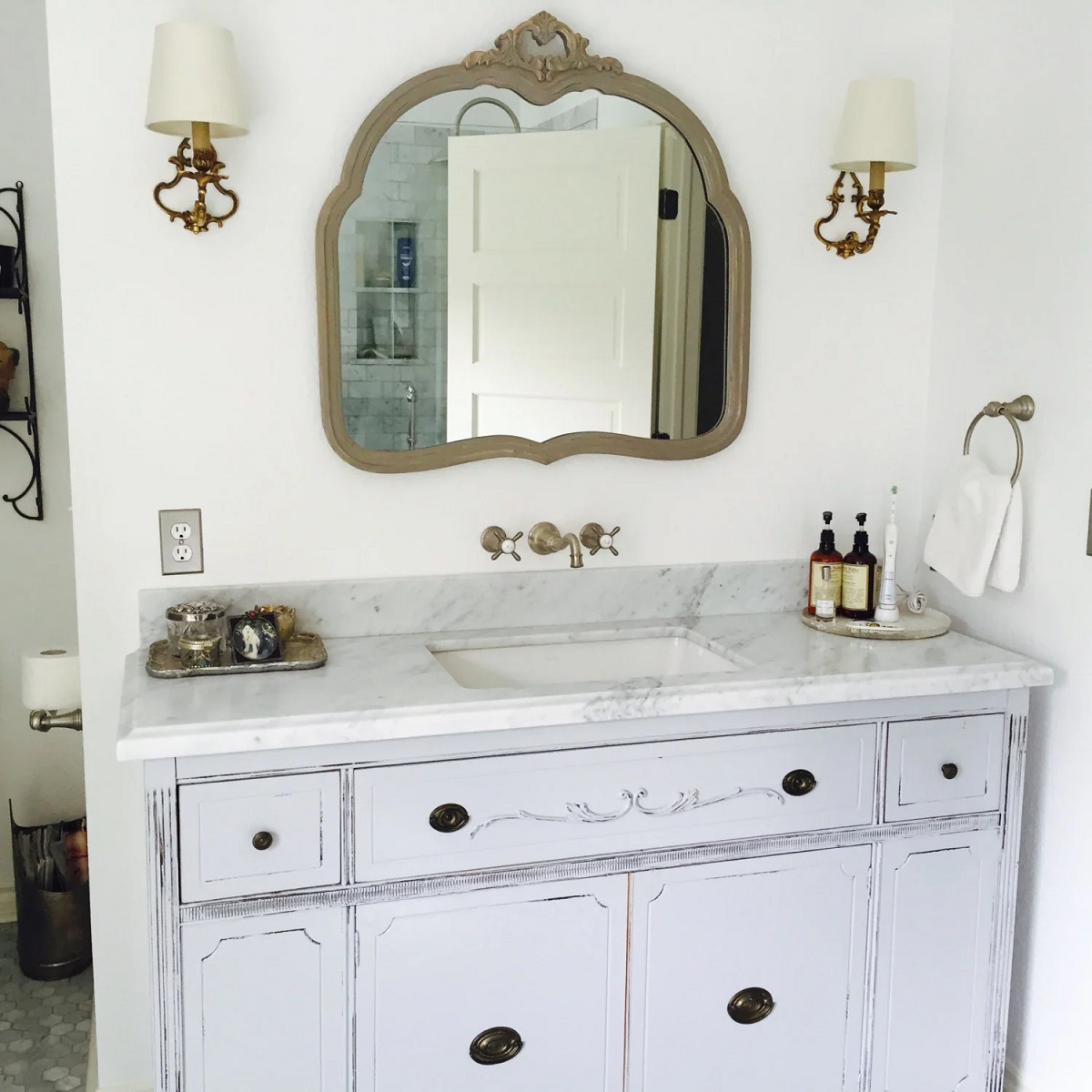
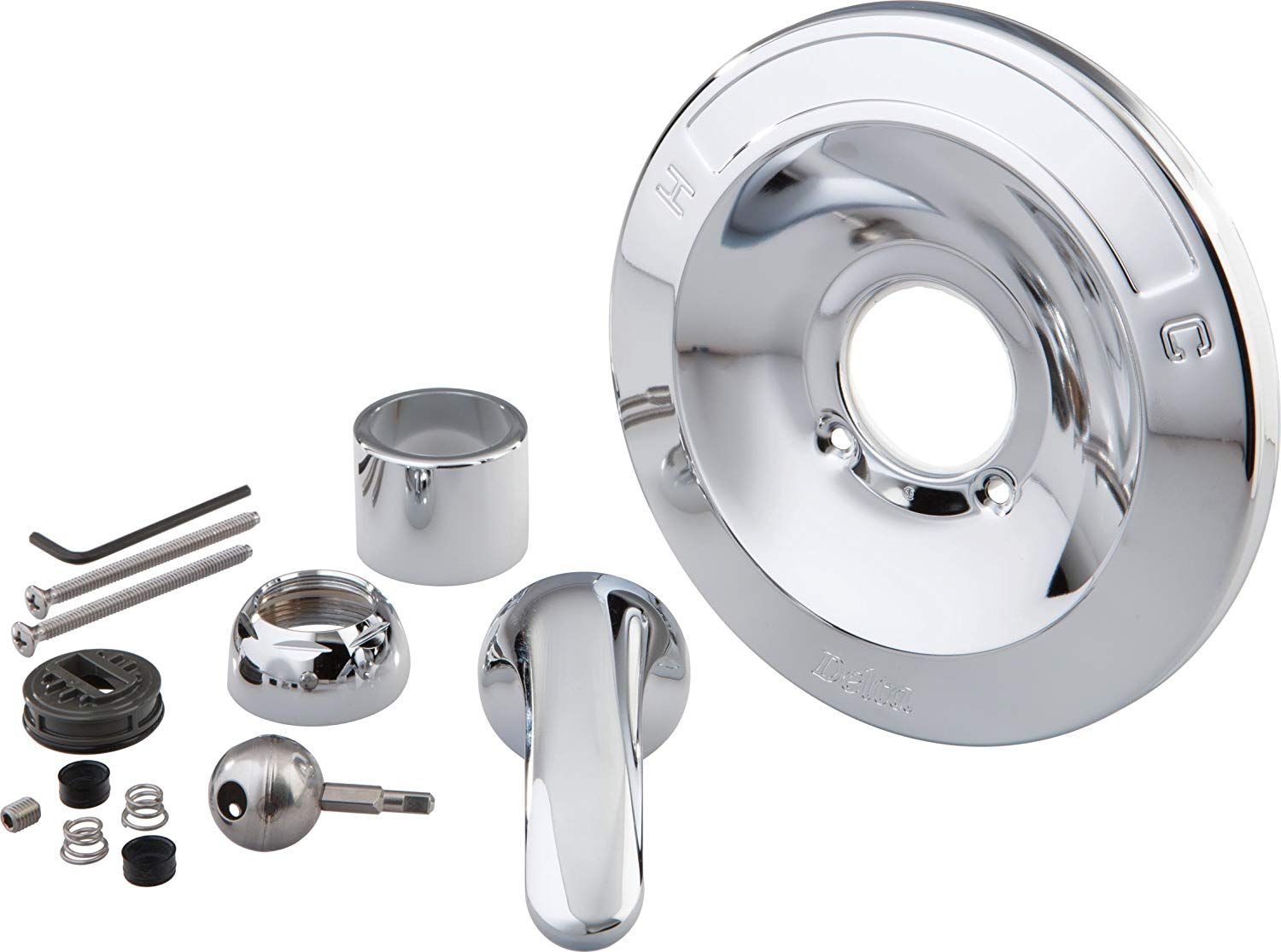

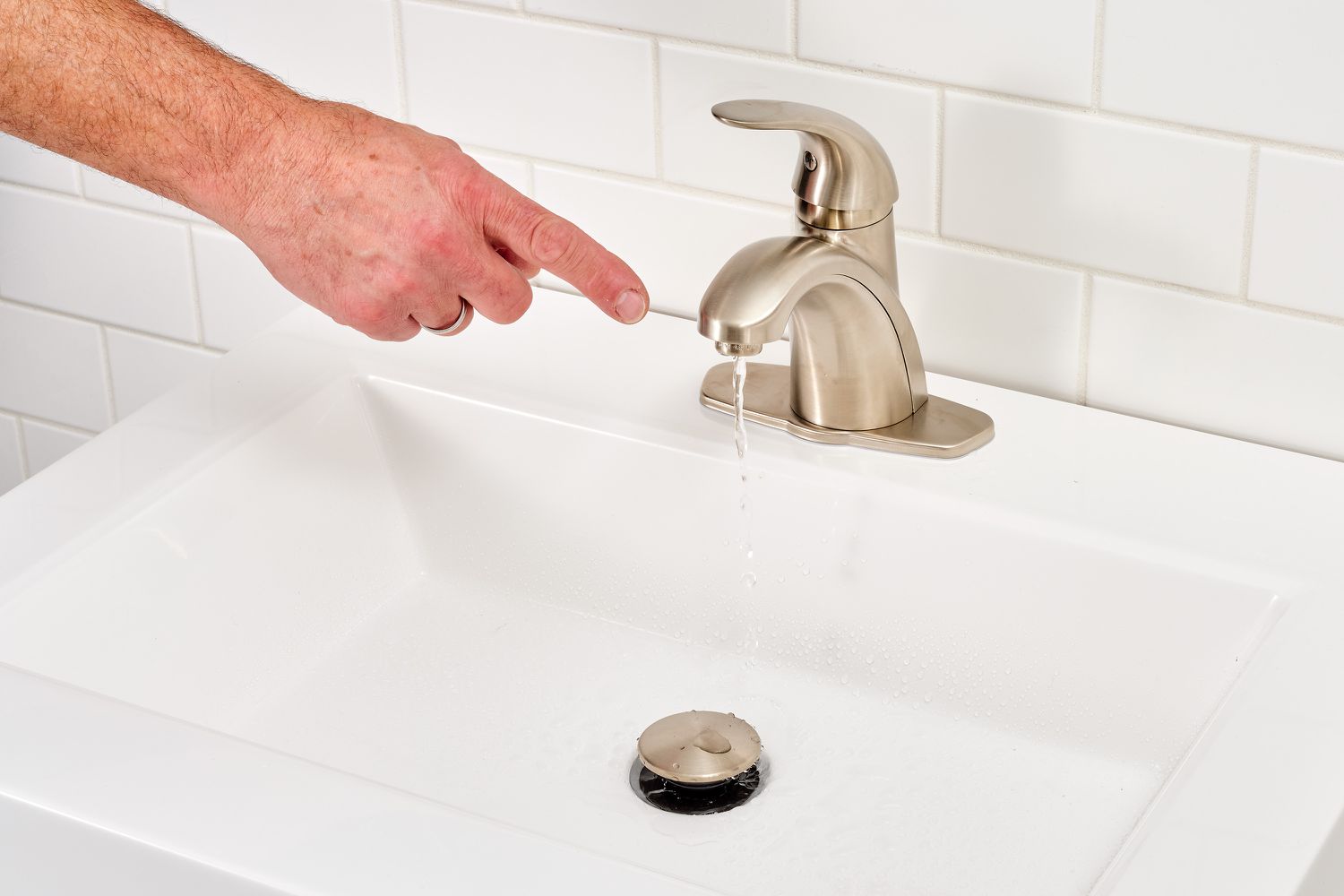
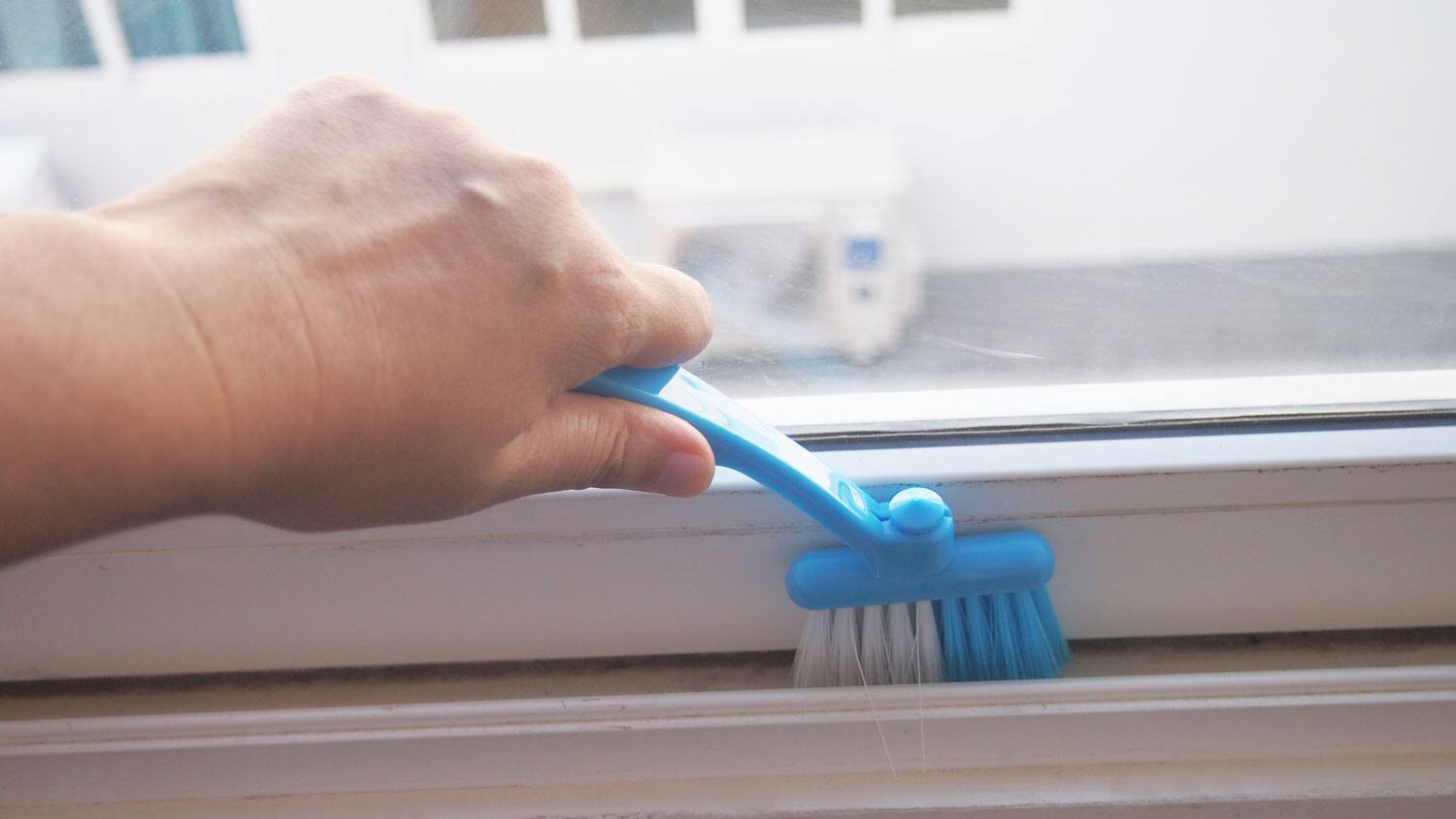
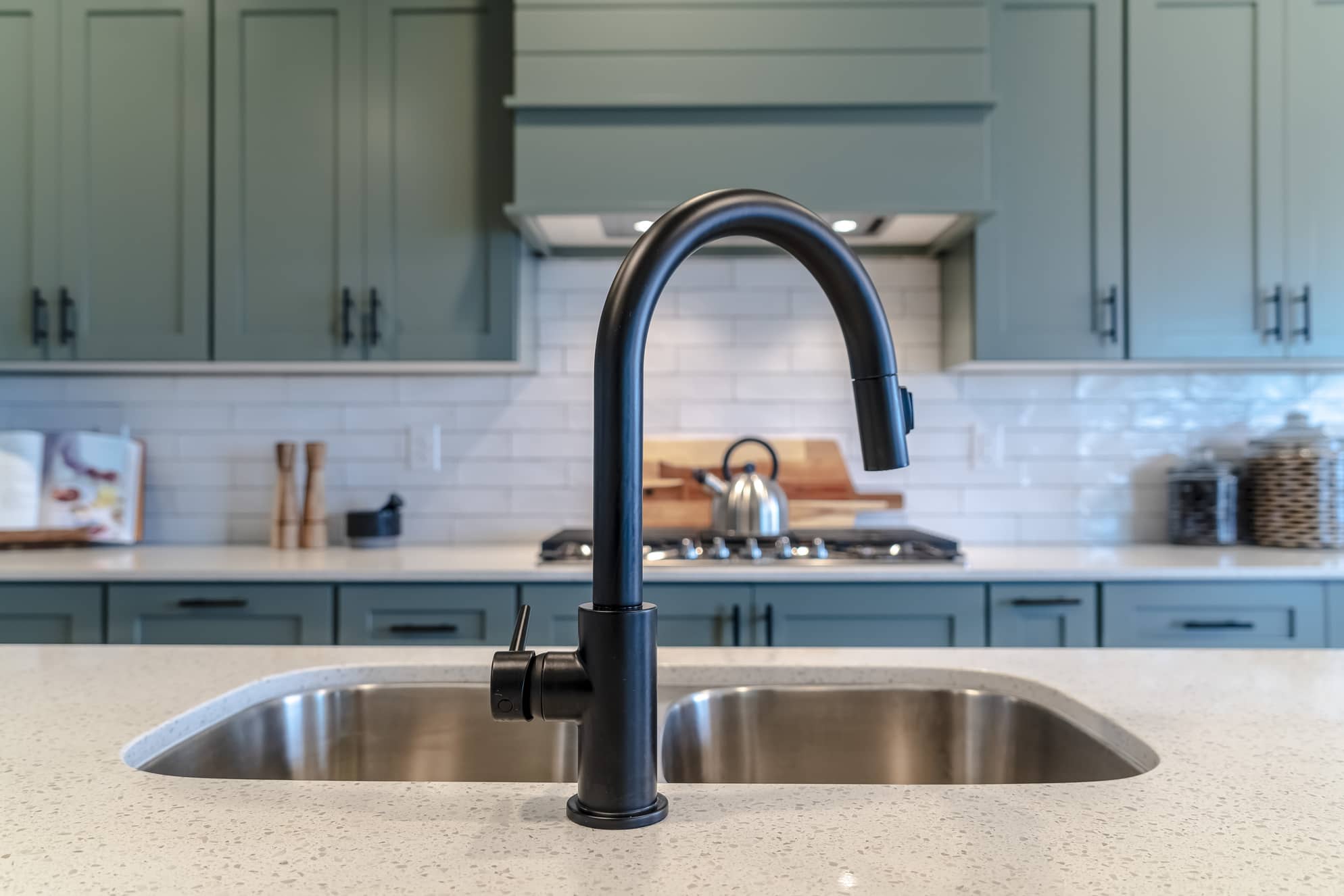
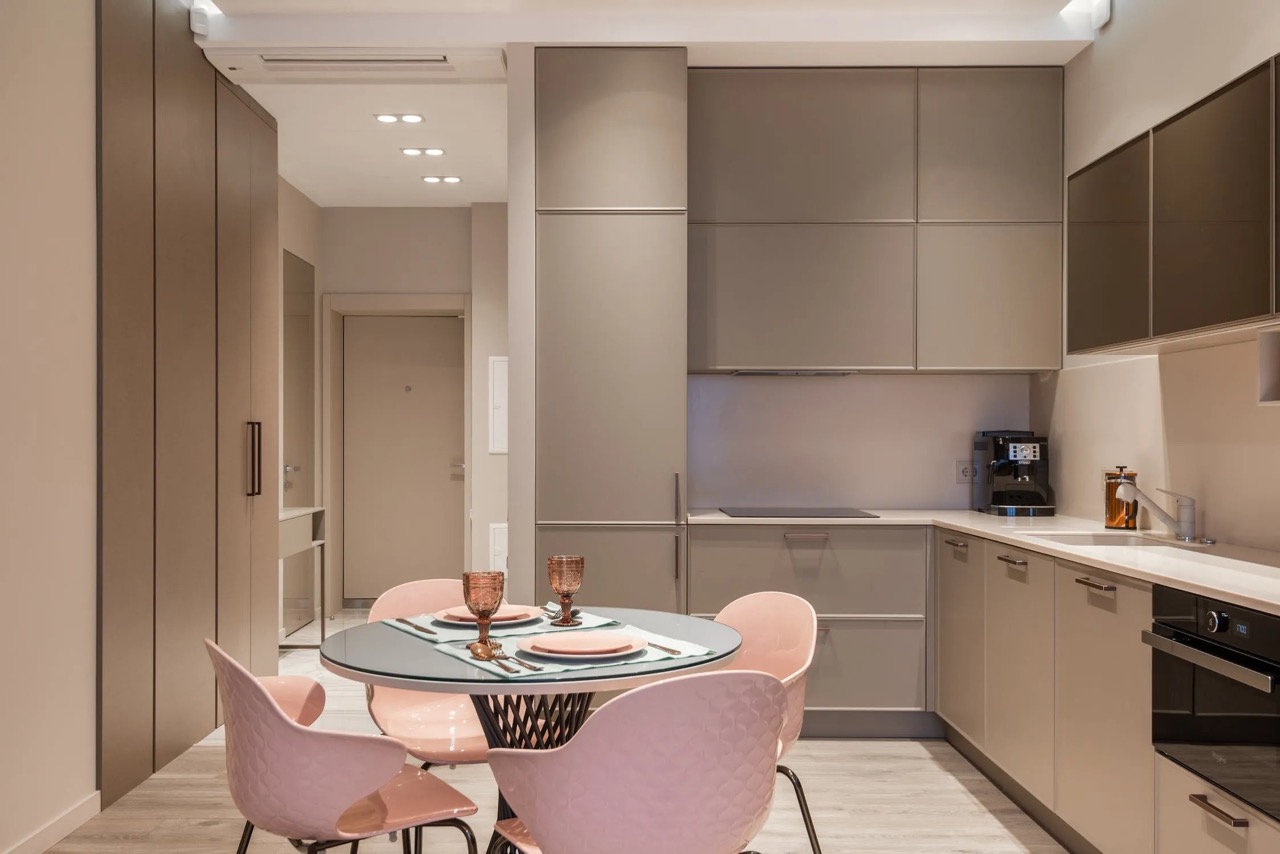


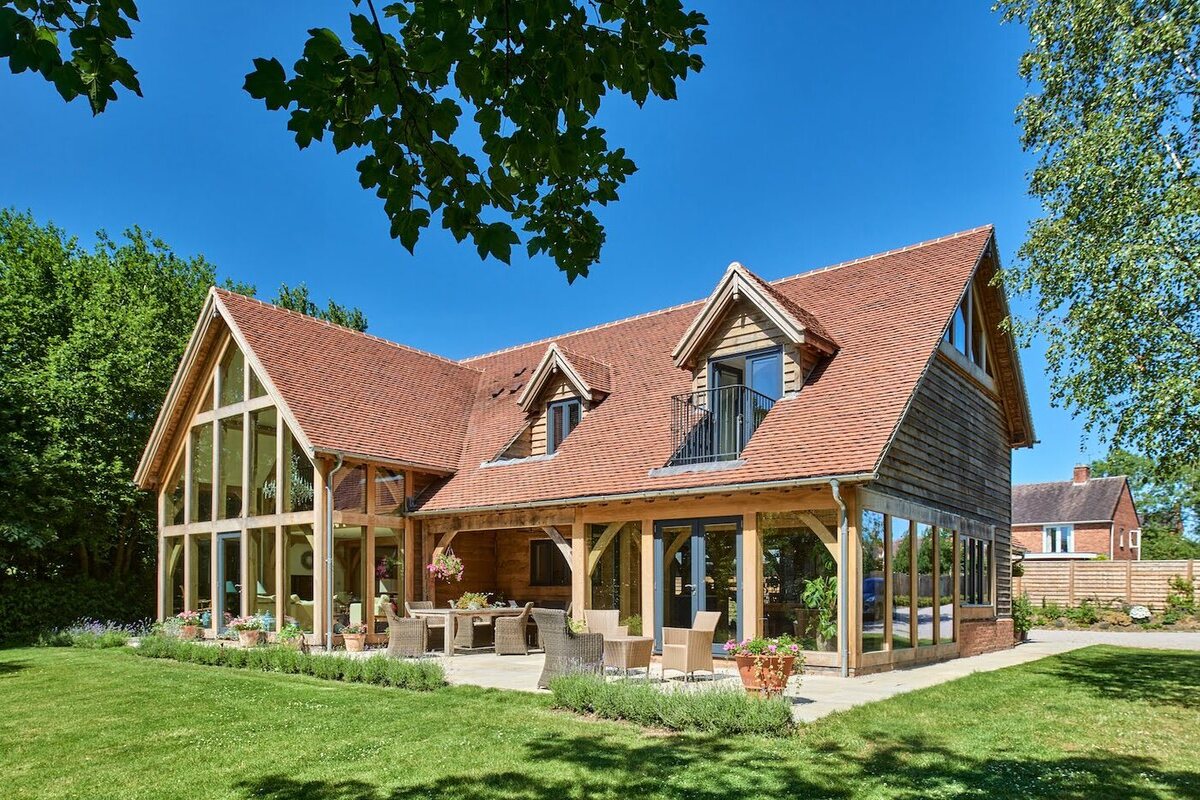
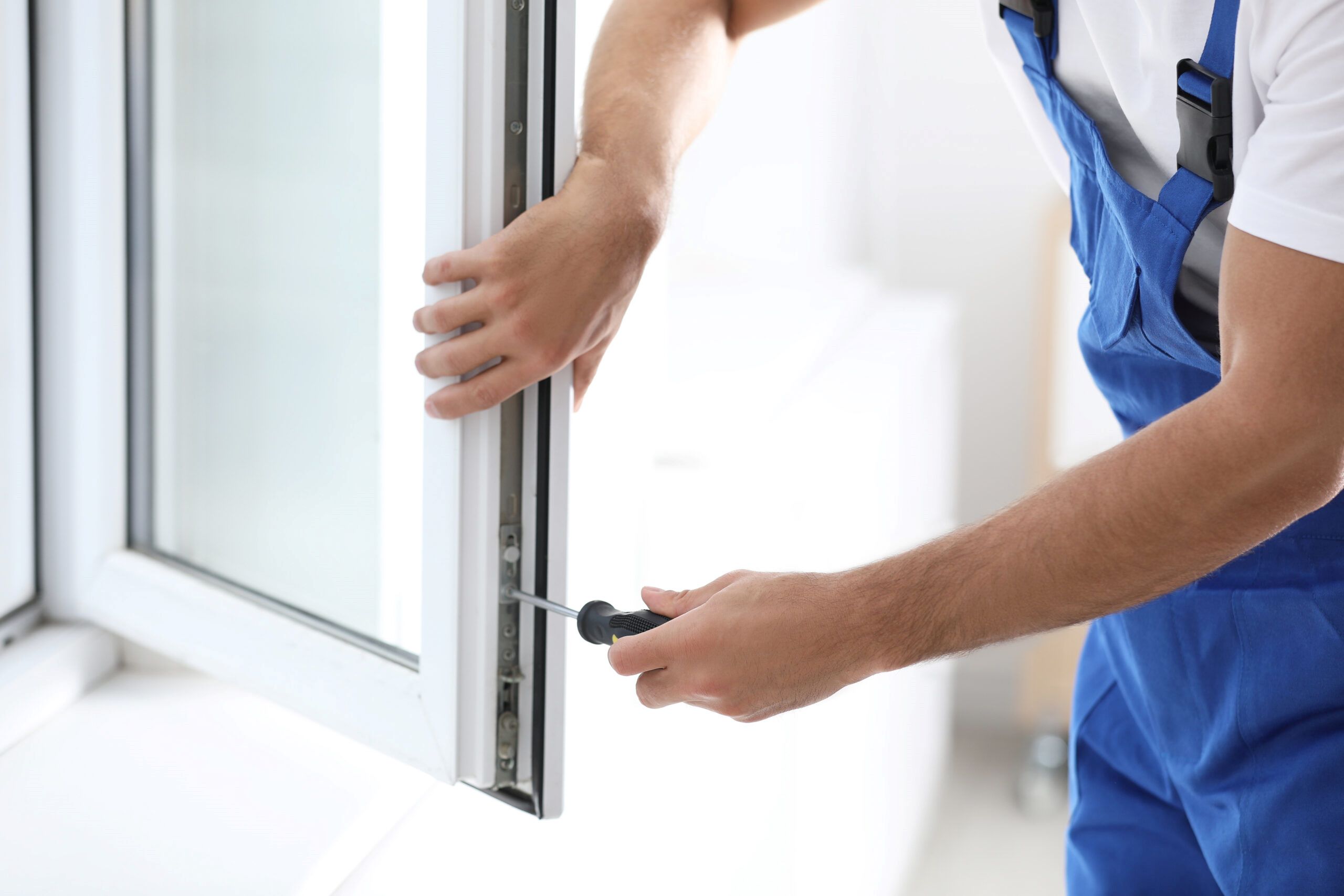
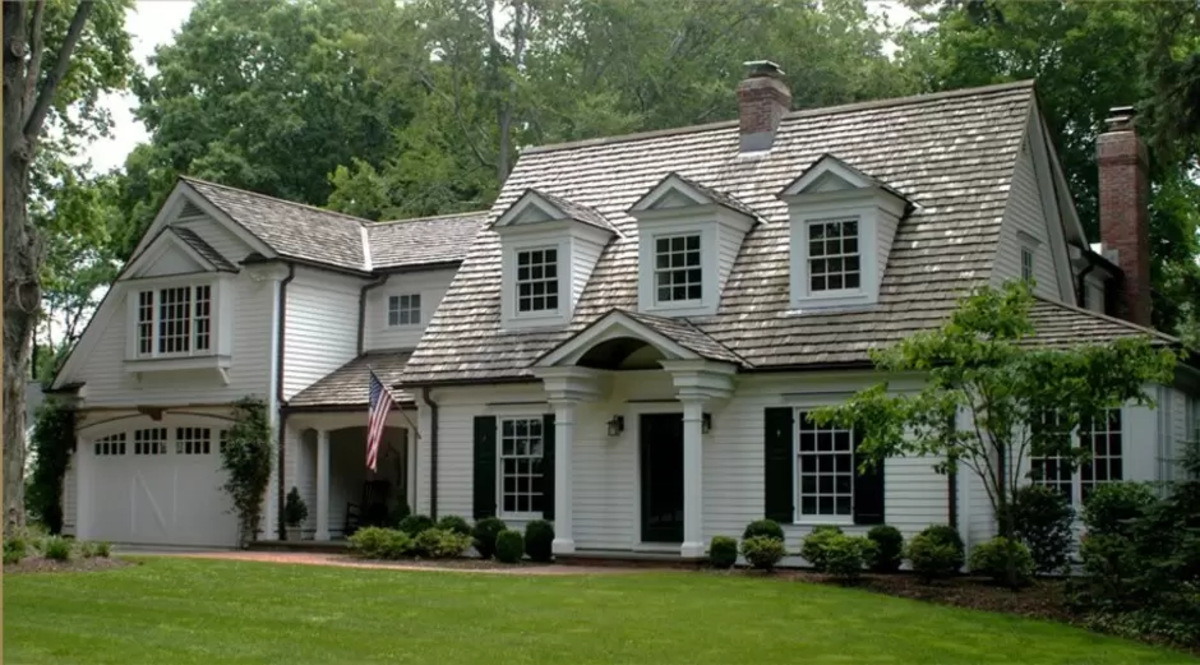
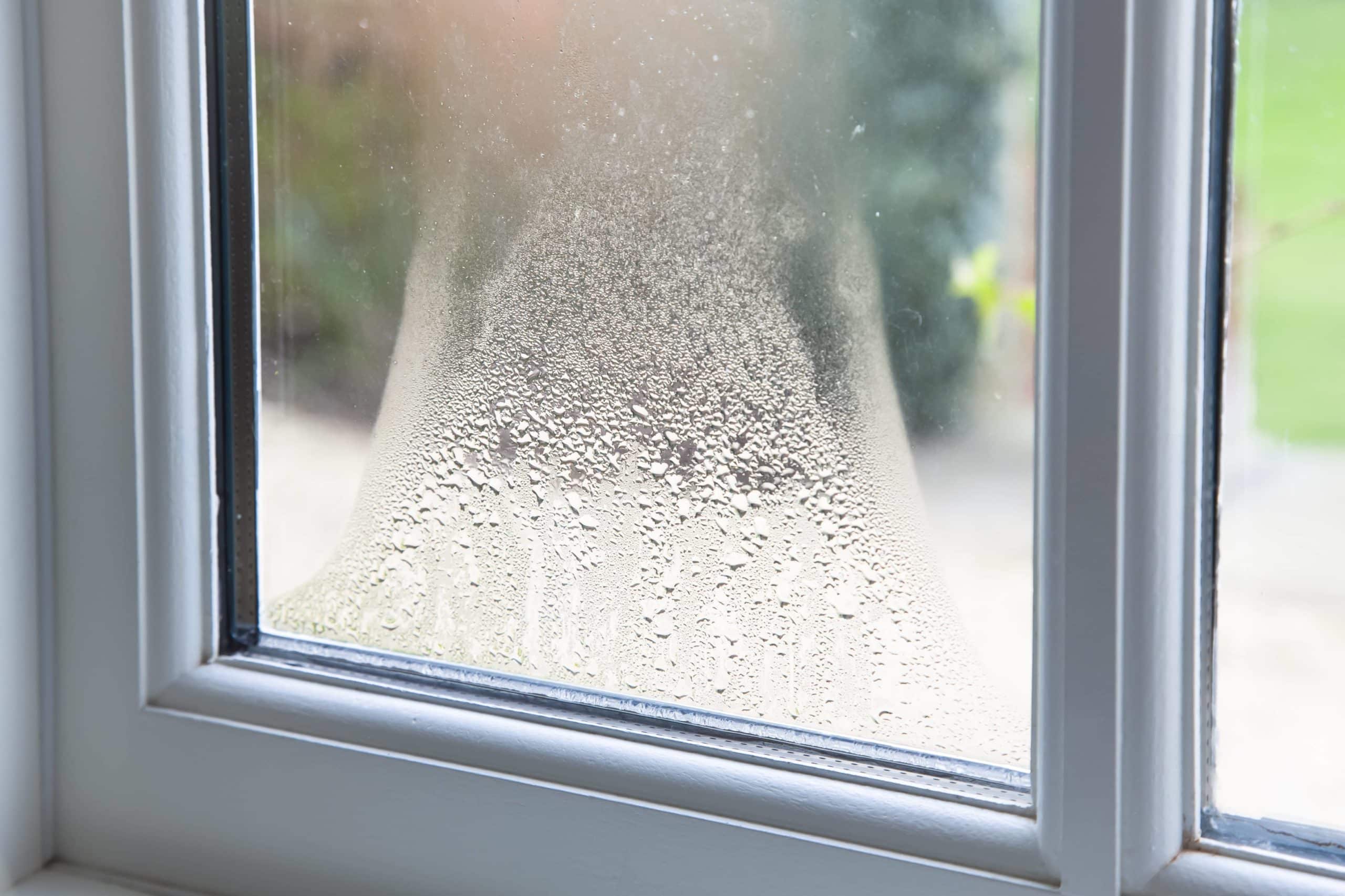

0 thoughts on “Single-Hung Vs. Double-Hung Windows: A Guide To Both Styles”